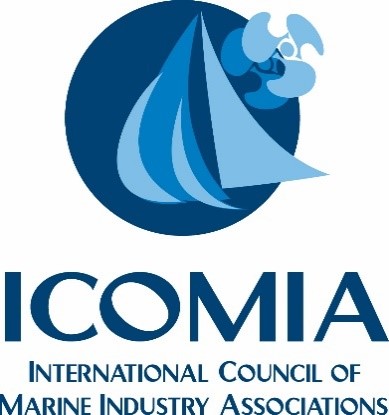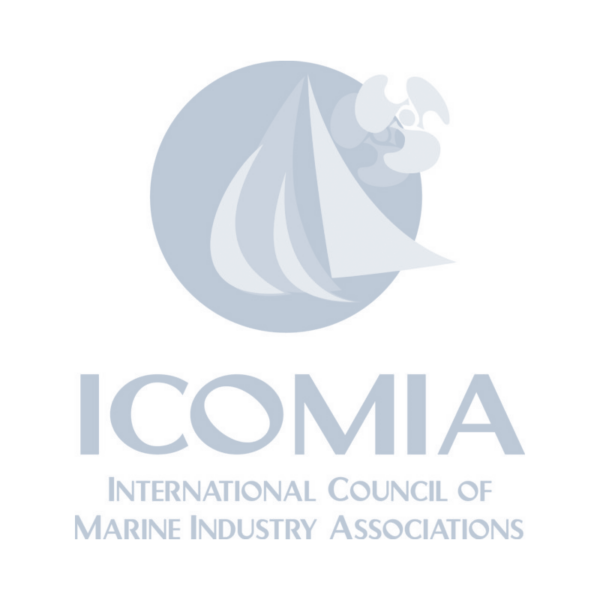Description
European economies depend on natural resources, including raw materials such as minerals, biomass and biological resources; environmental media such as air, water and soil; flow resources such as wind, geothermal, tidal and solar energy; and space (land area). Whether the resources are used to make products or as sinks that absorb emissions (soil, air and water), they are crucial to the functioning of the economy and to our quality of life. The way in which both renewable and non-renewable resources are used and the speed at which renewable resources are being exploited are rapidly eroding the planet’s capacity to regenerate the resources and environment services on which our prosperity and growth is based. As the recent Millennium Ecosystem Assessment report1 states, over the past 50 years, humans have changed ecosystems more rapidly and extensively than in any comparable period of time in human history, largely to meet rapidly growing demands for food, fresh water, timber, fibre, and fuel. If current patterns of resource use are maintained in Europe, environmental degradation and depletion of natural resources will continue. The issue has also a global dimension. The EU is highly dependent on resources coming from outside Europe and the environmental impact of resource use by the EU and other major economies is felt globally. At the same time the growing economies of the developing world such as China, India and Brazil are using natural resources at an accelerating pace. If the world as a whole followed traditional patterns of consumption, it is estimated that global resource use would quadruple within 20 years. The negative impact on the environment would be substantial. The alternative can be to adopt a coordinated approach, anticipating the need to shift to more sustainable use patterns, which can result in environmental and economic benefits in Europe and globally. The challenge for policymakers is to facilitate and stimulate growth while at the same time ensuring that the state of the environment does not get worse. These are not competing goals. Efficient use of resources contributes to growth. Inefficient use of resources and overexploitation of renewable resources constitute long term brakes on growth. The sustainable use of resources, involving sustainable production and consumption is hence a key ingredient of long-term prosperity, both within the EU and globally. Indeed, the EU Strategy for Growth and Jobs2 endorsed by the Spring Summit of 2005 gives high priority to more sustainable use of natural resources. It also calls forthe EU to take the lead towards more sustainable consumption and production in the global economy. Europe therefore needs a long-term strategy that integrates the environmental impacts of using natural resources, including their external dimension (i.e. impacts outside the EU, including on developing countries) in policymaking. This Thematic Strategy on the sustainable use of natural resources (‘the strategy’) is a response to that challenge. It has to be seen in context with the recently reviewed Sustainable Development Strategy (SDS)3 and contributes to it. The strategy emphasises the importance of integration of environmental concerns into other policies that affect environmental impacts of natural resources use but does not attempt to implement specific initiatives in areas that are already covered by well-established policies. It sets out an analytical framework with a view to allowing the environment impact of resource use to be routinely factored into public policymaking. If applied, this approach will help to move European economies towards a situation in which growth objectives are met by using natural resources more efficiently, without further eroding the natural resource base.

